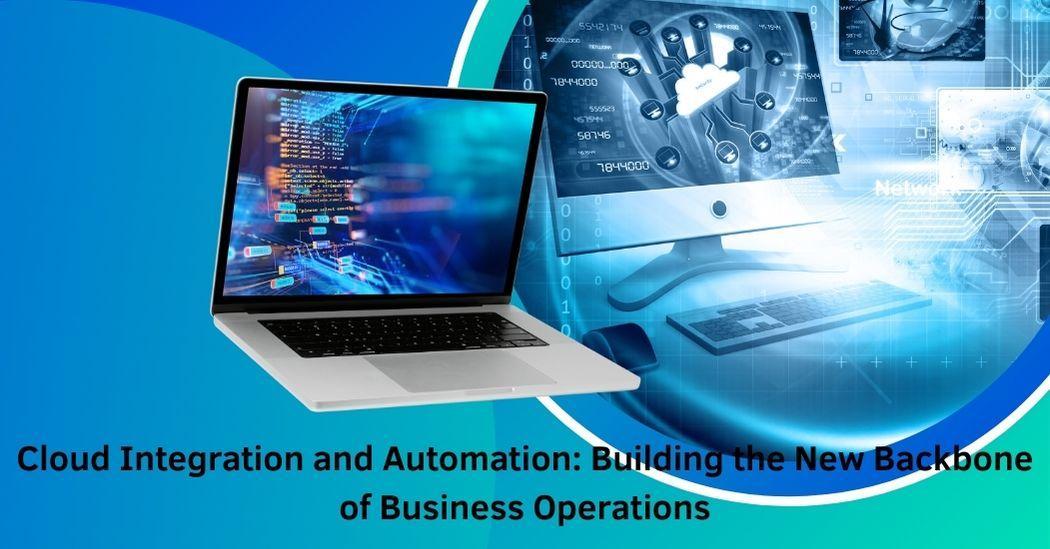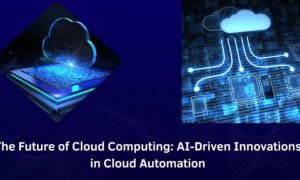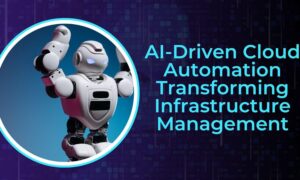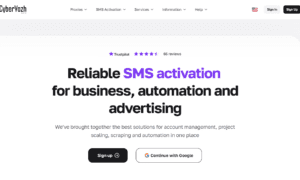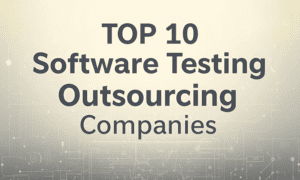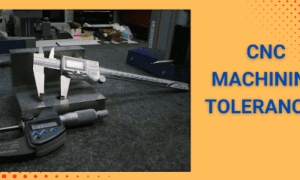In today’s fast-paced digital economy, innovation is not just about adopting new tools but seamlessly integrating them into the core of business operations. Revanth Reddy Rondla, a forward-thinking technology expert, explores these transformative innovations in his latest work, offering deep insights into the future of enterprise agility and automation.
The Journey from Traditional Methods to Cloud-Native Excellence
Business integration once relied heavily on cumbersome, point-to-point connections that were rigid and costly to maintain. As digital demands grew, so did the need for scalable and adaptive solutions. The shift to cloud-native platforms has revolutionized enterprise architecture by introducing flexible, containerized, API-driven environments that surpass traditional methods in adaptability and speed.
These platforms allow businesses to transition faster, reducing operational complexities and maintenance burdens. By leveraging cloud-native solutions, organizations are unlocking unprecedented potential, with projections suggesting that cloud integration could create trillions in new business value over the next decade.
Hybrid and Multi-Cloud Models: Redefining Flexibility
Rather than placing all digital assets into a single cloud ecosystem, enterprises are increasingly opting for hybrid and multi-cloud strategies. This flexible approach blends private infrastructure with public cloud resources, offering control, scalability, and security without compromise.
Modern integration platforms are designed to handle these hybrid setups effortlessly, addressing regulatory compliance while enabling rapid digital transformation. Multi-cloud environments further empower organizations to optimize performance by selecting the best services from different providers, significantly enhancing resilience and innovation potential.
Core Technologies Powering Seamless Integration
At the heart of this integration revolution are powerful technologies that streamline and automate connections across diverse systems:
- Integration Platform as a Service (iPaaS): Rapidly growing in adoption, iPaaS platforms simplify system interconnectivity with pre-built connectors and orchestration tools. Their flexibility has made them essential for businesses accelerating digital transformations.
- Application Programming Interfaces (APIs) are the backbone of modern digital ecosystems. They enable secure, scalable communication between applications, helping businesses create innovative, interconnected service models.
- Enterprise Service Bus (ESB): Though more traditional, ESBs have evolved to support modern cloud and microservices environments, ensuring they remain a vital part of enterprise architecture where robust centralized governance is needed.
Intelligent Automation: A Catalyst for Efficiency
Cloud integration’s true power emerges when paired with advanced automation technologies. AI-driven workflow automation, Infrastructure as Code (IaC), and event-driven architectures are reshaping the way enterprises operate:
- AI-Powered Workflow Automation: Machine learning and natural language processing optimize decision-making, predicting and resolving issues in real time.
- Infrastructure as Code: By managing infrastructure through code, organizations eliminate human error, accelerate deployments, and maintain consistency across cloud environments.
- Event-Driven Architectures: Systems designed to respond to real-time events enable organizations to handle massive data flows swiftly, enhancing responsiveness and operational resilience.
Sector-Specific Transformations
Cloud integration and automation have sparked industry-specific innovations:
- Manufacturing: Real-time monitoring, predictive maintenance, and supply chain visibility are transforming production environments, delivering massive operational gains.
- Healthcare: Integration across electronic health records, diagnostic equipment, and patient portals is enhancing care delivery, data accessibility, and compliance.
- Financial Services: By connecting legacy systems to digital platforms, financial institutions are revolutionizing transaction processing, fraud detection, and customer experiences.
Each industry’s success story reinforces the role of cloud integration as a strategic enabler of innovation and efficiency.
Navigating Challenges Through Strategic Best Practices
Organizations face challenges like security risks, data governance complexities, and organizational resistance despite the many advantages of cloud integration. To succeed, businesses must adopt a comprehensive strategy that includes strong security frameworks, detailed data management, and proactive change management practices.
Building a secure, resilient, and user-friendly cloud integration framework is no longer optional; it is critical for organizations aiming to remain competitive and agile in a fast-changing market. By addressing these challenges strategically, companies can unlock the full potential of cloud technologies and drive sustainable growth.
In conclusion, the future of business lies in intelligent, automated, and seamlessly integrated cloud ecosystems. As Revanth Reddy Rondla aptly highlights, mastering cloud integration and automation empowers enterprises to move beyond technology management to strategic business leadership. In a world driven by data, agility, and innovation, those who embrace these transformative technologies will set the pace for the next generation of business success.

